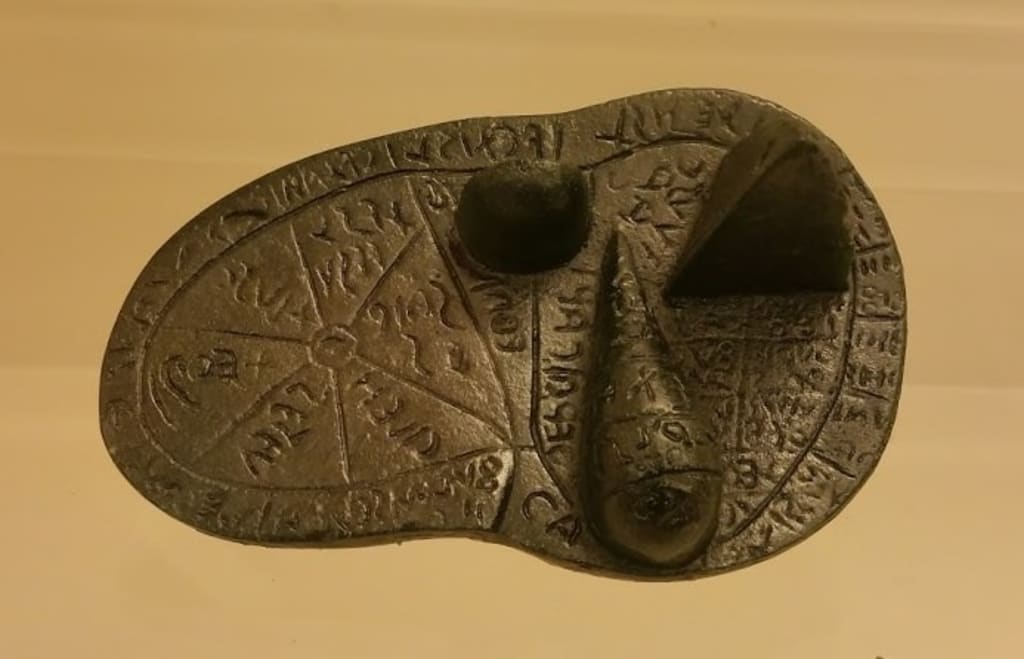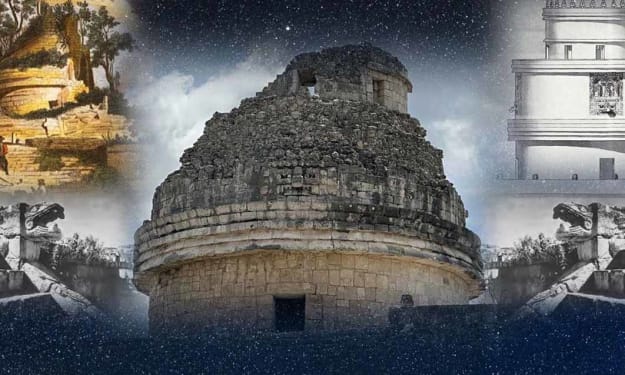Etruscan Liver of Piacenza: Deciphering Ancient Divination and Religious Practices
History

The Etruscan Liver of Piacenza, an extraordinary artifact discovered in 1877 near Piacenza, Italy, provides a fascinating glimpse into the ancient Etruscan civilization's religious and divinatory practices. This bronze model of a sheep's liver, dating back to the late 2nd century BC, serves as a significant testament to the Etruscans' complex belief system and their advanced understanding of hepatoscopy, the practice of divining omens from the liver of a sacrificed animal.
The liver-shaped artifact is divided into 16 sections, each inscribed with the names of various Etruscan deities. This intricate division correlates with the Etruscans' cosmological view, which believed that the liver was a microcosm reflecting the larger universe. Priests, known as haruspices, used the Liver of Piacenza to interpret the will of the gods, seeking guidance on matters ranging from agriculture and warfare to personal affairs. The Etruscan liver model thus not only illuminates their divination methods but also underscores the central role of religion in Etruscan society.
The inscriptions on the Liver of Piacenza are in the Etruscan language, which remains only partially understood. However, the names of the deities and the layout of the sections provide valuable insights into the Etruscan pantheon and their worship practices. Each section of the liver is associated with a specific deity, and the spatial arrangement likely reflects the perceived relationships and hierarchies among these gods. This organization reveals the Etruscans' intricate theological framework and their attempts to decipher divine intentions through careful observation and ritual.
The Liver of Piacenza's discovery has been pivotal in advancing the study of Etruscan religion and language. The artifact's detailed inscriptions offer a rare and direct glimpse into Etruscan script and phonetics, contributing significantly to the broader understanding of this enigmatic civilization. Scholars have used the liver to draw parallels with other ancient cultures' divinatory practices, such as the Babylonian liver omens, highlighting possible cross-cultural exchanges and influences in the ancient Mediterranean world.
The physical characteristics of the Liver of Piacenza are equally remarkable. Crafted from bronze, the model's preservation over millennia is a testament to the Etruscans' metallurgical skills. The precise and intricate engravings indicate a high level of craftsmanship and suggest that such models were esteemed tools in religious rituals. The liver's design, mimicking the actual organ with remarkable accuracy, reflects the Etruscans' keen anatomical knowledge and their dedication to creating realistic representations for their divinatory practices.
The Etruscan Liver of Piacenza also provides insight into the socio-political context of Etruscan society. The reliance on divination and the consultation of haruspices indicate that religious leaders held significant influence and authority. Decisions regarding public and private matters were often made based on divinatory interpretations, underscoring the intertwining of religion and governance in Etruscan culture. This practice highlights the broader ancient Mediterranean trend where religious and political spheres were deeply interconnected.
In modern times, the Liver of Piacenza continues to captivate historians, archaeologists, and linguists. Its study not only sheds light on the Etruscans themselves but also enriches our understanding of ancient Italic peoples and their interactions with neighboring civilizations. The artifact remains a focal point in exhibitions and academic research, symbolizing the enduring legacy of Etruscan contributions to ancient knowledge and religious practice.
In conclusion, the Etruscan Liver of Piacenza stands as a remarkable artifact that bridges the ancient world with the present, offering profound insights into the Etruscans' religious practices, language, and societal structure. Its detailed inscriptions and sophisticated design underscore the advanced nature of Etruscan divination and craftsmanship. As a key to understanding the complexities of Etruscan civilization, the Liver of Piacenza continues to inspire and inform, revealing the depth of this ancient culture's engagement with the divine and the meticulous nature of their ritualistic traditions.
About the Creator
Marveline Merab
“History never repeats itself. Man always does.”
― Voltaire
Enjoyed the story? Support the Creator.
Subscribe for free to receive all their stories in your feed. You could also pledge your support or give them a one-off tip, letting them know you appreciate their work.






Comments
There are no comments for this story
Be the first to respond and start the conversation.